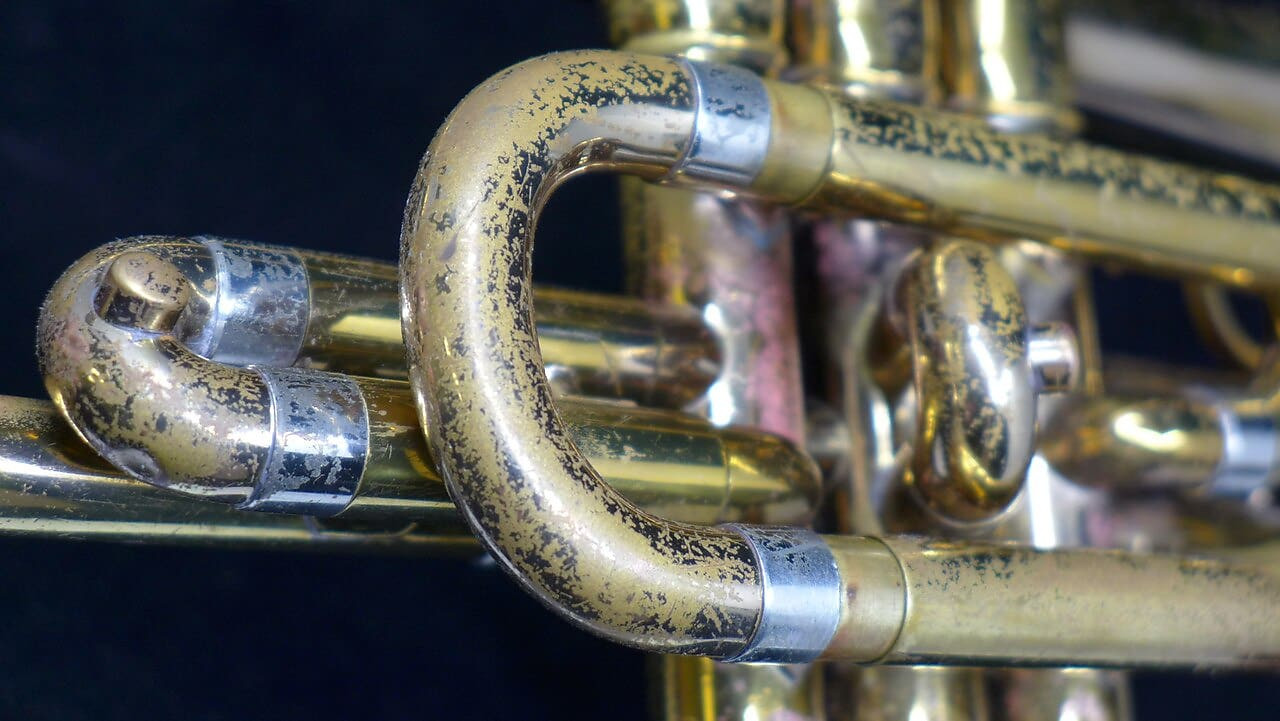

Yamaha’s are not as easily free blowing and expansive as some other rivals, but offer a focussed, darkly shaded tonality throughout the range.

We still have reservations about the everyday practicality of the first slide saddle crook even for a fairly experienced player (a trigger would be a better option), but the third finger ring crook does a good, slick job and has a very generous amount of extension – although as with all Yamaha cornets the core tuning is very good. As is the current trend there is no lyre mounting. Even the felts on the valves are neatly trimmed to fit. The ‘furniture’ of valve tops and bottoms, waterkeys (main and third slide), third slide stopper, is robust. They also click into place with a sound as reassuring as a miniature mortice lock, although they are easily taken out to be oiled. The slides fit snugly but are easily moved, and the monel valves are quiet, well sprung and facile. The Yamaha is well balanced in the hand and neatly proportioned allowing ease and comfort of use.īuild quality is excellent (the instrument is made in China). Lead free solder is used and the silver plate finish (it also comes in gold lacquer) on the instrument is excellent. Give the bell a ‘ping’ and it doesn’t ring like a cheap sound effect on an old Atari games console.

There is solidity about the instrument (the braces adding to the sturdiness).
Olds cornet review upgrade#
The first thing to catch the attention is the design - a neatly thought out medium-large bore upgrade – the rounded leadpipe the most significant piece of new tailoring. Well thought out design and high quality engineering. So, if you are in the market to back your commitment to either taking progressive steps towards your long term playing goals, or a player happy to enjoy your playing but are realistic about what you need to do it, the YCR-4330GSII is hard to beat. The Neo is bigger still at 11.90mm/0.469" with a 125.5mm/5" bell (with yellow or gold brass bell). The ‘professional’ is a large bore (11.73mm/0.462") but also the same sized yellow brass bell. The ‘student’ model is the same bore and bell size (11.65mm/ 0.459" and 119.0mm/4-2/3”) but with a yellow brass bell. The lineal development is also seen in comparison to the instrument’s siblings (there are shared production methods) Carefully calibratedĪs a result, the YCR-4330GSII (medium large bore with two piece gold brass bell) is a carefully calibrated upgrade that enhances the tried and tested and continues to offer a reassuring endorsement of the company’s reputation for quality. It is pitched as a step up from the entry level ‘Student’ YCR-2330III and as one below the ‘Professional’ grade YCR-6330SII which leads to the top of the range ‘Neo’ series. The adherence to evolution means that Yamaha continues to revise but not revolutionise an ethos that is certainly shown to the newly designed YCR-4330GSII Cornet – the company’s middle of the range ‘Intermediate’ model. There are cheaper instruments in the market place, but the premium price tag that comes with a Yamaha has rarely been tarnished by poor build quality or delivery delays. They are built for the job intended – and to last.
Olds cornet review professional#
Conformityįor instance, pick up any of their cornets and the lineal conformity is obvious – from student model to professional level clearly thought out design linked to high quality engineering. Instead, over the years they have relied on emphasising the qualities that result from production processes that have given them a hard earned reputation for consistency and excellence. Yamaha tends to leave the hyperbole and fevered sales pitches to others when it comes to their instruments.


 0 kommentar(er)
0 kommentar(er)
